With the support of an MA student studying Autism, we were able to have a survey shared with parents for a continuous loop of building research of layers. She acted as a bridge between us and the parents, and we received a few more responses through Facebook groups and individuals.
Online Survey was created using Google Forms and asked about what senses your child is sensitive to and what tools are helpful when planning a visit to a public location. The results of the survey are listed below.
Summary: According to parents, they look for information beforehand on web resources to make children more familiar with the environment at the Museum and organise their visit with their children (Langa et al., 2013). The majority of consideration is to assist ASD children and their families in preparation for the visit, as museums can provide information in advance.
Development of Prototype
Technology integration
To create a physical, interactive sensory board, we brainstormed ways to implement the sensory board that we had imagined on a smartphone screen into a tangible, activity-based sensory board.
We devised an on-board interaction to determine which areas have particular kind of environmental factors, such as crowds, bright light, and loud noises. For the time being, we focused on these three aspects in order to make them possible. We would also include more interventions in the future.
Idea: Have a pushbutton on an area that tells you which area says what.
Credit: Zhaolu, for making circuit work.
Building a checklist using pushbotton on Plan map
Visual Cards, Credit: Manali and Svaney Shen
Need of Iterations
It was obvious that there was a gap between the map and the cards, but I wanted to make sure that everything was functioning correctly before coming to any conclusions. My teammate Zhoalu tried her hardest to create a viable connection, but it was not reliable. In addition, I advocated for the creation of a language that would assist both the children and parents in understanding what action needs to be done.
Svaney Shen and I spent three days working together to create a proper formation of what can be used as a visual language and how it can function. We approached CTL as a group for technical assistance because the previous prototype was unworkable. They suggested that we use Arduino to improve connection on board; we talked further about how to denote the crowdedness of people through vibration, and I proposed that we insert cards into the map. My teammates and I agreed, and we also decided to integrate a virtual reality experience.
Feedback and take~aways
Feedback session with our faculty. Image credit : Manali
After demonstrating to our mentors, Greg recommended that we look at the components in the museum and relate them to the images on cards, and my thoughts were on the same page for the next step in improvisation. Alaister proposed to make maps more for children than parents. Children would want to see the fun section, which involves shifting focus from the informative content of the map and to intriguing facts about the place.







